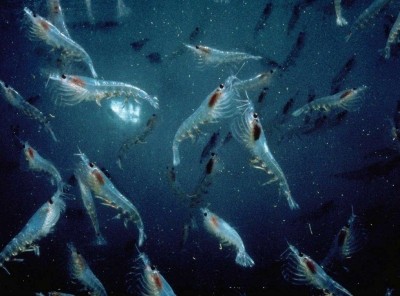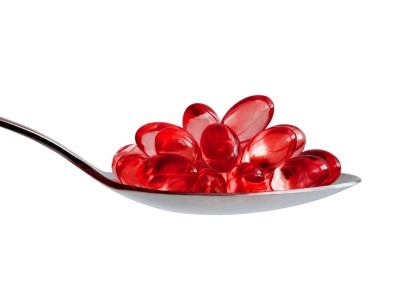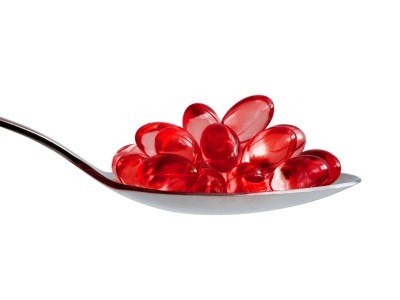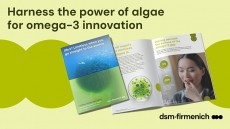USP monograph ‘strengthens krill’s position in the marketplace’: Suppliers
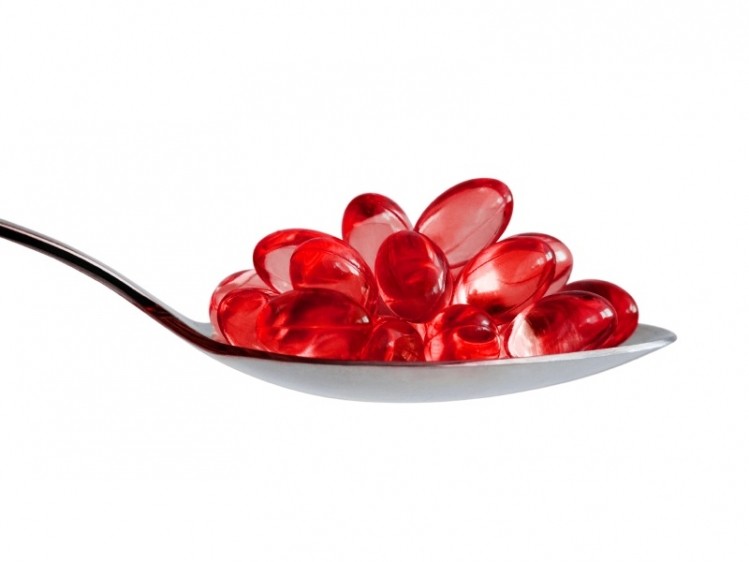
The monograph has been in development for several years and has gone through at least one major revision based on data submitted by sector stakeholders.
Wael Massrieh, PhD, VP of Scientific Affairs for Neptune Technologies & Bioressources Inc., which initiated this process in October of 2009, told us The FCC monograph will serve as a, “valuable resource for authenticating and determining the purity and quality of krill oil as a food ingredient”.
“The monograph will provide an independent source of certification for krill oil industry standards,” he added.
Becky Wright, Communications & Marketing Manager for Aker BioMarine Antarctic US, welcomed its publication as ‘encouraging’, adding that it would hopefully give greater confidence to people interested in bringing a quality krill oil product to market.
“It’s nice to have a benchmark for industry,” she told NutraIngredients-USA. “However, we are still reviewing the details internally and may have a few things we need to bring to USP’s attention.”
“How suppliers incorporate this monograph remains to be seen, but we believe this development will only strengthens krill’s position in the marketplace. It is nice to see that there is genuine interest in gaining a deeper understanding of krill.
“We’ve come a long way in putting some fences around what a quality krill oil product should be,” added Wright.
Levels
One of the key portions of the monograph concerns the section dealing with the quantity and identity of the phospholipids contained within krill oil. A bone of contention in the category has been the marketing of some products using the words “krill oil” on the label that contain phospholipids from other sources, such as other marine species or plant-derived phospholipids, such as those from soy.
The new monograph sets total phospholipid values of between 28 and 52% (w/w). In addition, 60 to 90% of the total phospholipids content, by weight, is phosphatidylcholine.
Other notable acceptance criteria include EPA and DHA contents of not less than 10.0% and 5.0%, respectively, and not less than 100 micrograms per gram of astaxanthin.
Neptune’s Dr Massrieh said that, in regards to astaxanthin, “Neptune’s point of view has always been that if the oil is truly from krill that it should be composed primarily of diesters and monoesters (about 75% diesters vs. 24% monoesters) with a very small amount of free astaxanthin. Therefore, the esterification should be taken in consideration when quantifying the amount of astaxanthin. However, this method which was developed by Neptune was too complex to be transferred to analytical labs.
“As it stands in the monograph, the astaxanthin assay measures total astaxanthin and doesn't allow users to differentiate between astaxanthin that is naturally present in krill and any kind of added (synthetic or otherwise) astaxanthin. However, a second assay (TLC analysis) was added in order to at least qualitatively observe the difference between the ratio of diesters vs. monoesters allowing the differentiation between astaxanthin from synthetic, algae and krill sources.”
On the flip side, the product should not contain more than 0.1 mg/kg of inorganic arsenic, 0.1 mg/kg of lead, and 0.1 mg/kg of mercury.
A difficult process
The process of developing a krill standard has been a difficult one; the Global Organization for EPA and DHA Omega-3 (GOED) began trying to get the krill oil manufacturers together to agree on a standard a number of years ago, much as had been done successfully for fish oils.
The work that was done during the GOED effort was set aside, and USP started in 2009 with a clean slate.
The monograph is only available on a subscription basis and is published in the FCC Eighth Edition, Third Supplement; to order an individual reprint, click here.
Dr Massrieh added that in order to use the USP krill oil mark, a supplier will need to engage with the USP in a verification program. “USP will review the quality control and manufacturing practices and performs testing on their products,” he explained.
He added that the USP mark is intended to assure consumers, healthcare practitioners, and pharmacists that the krill Oils:
- Contain the ingredients stated on the label in the declared amount and strength
- Are within limits for contaminants such as heavy metals, pesticides, and microbes
- Will disintegrate or dissolve as per USP’s requirements
- Have been manufactured using well-documented and controlled procedures in accordance with Good Manufacturing practices (GMPs)
“Taking into consideration Neptune’s expertise and contribution to the knowledge of quality controls within the krill oil industry, we are eager to see the benefits materializing for the market,” added Dr Massrieh.
Apologies: This article has been amended to correct the astaxanthin values. The correct value is not less than 100 micrograms per gram of astaxanthin as stated above, and not milligrams as we stated initially. We apologize for this inaccuracy.
